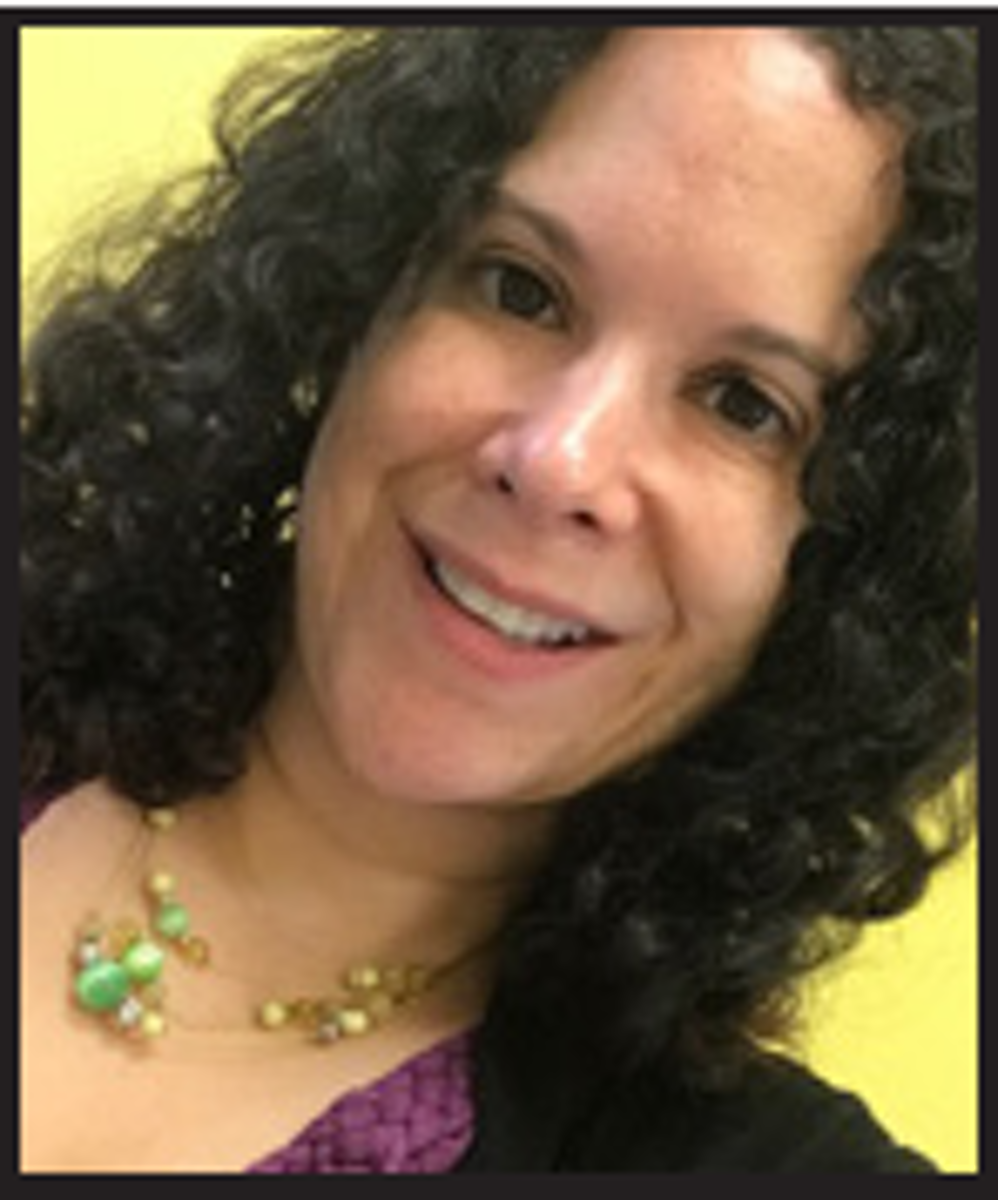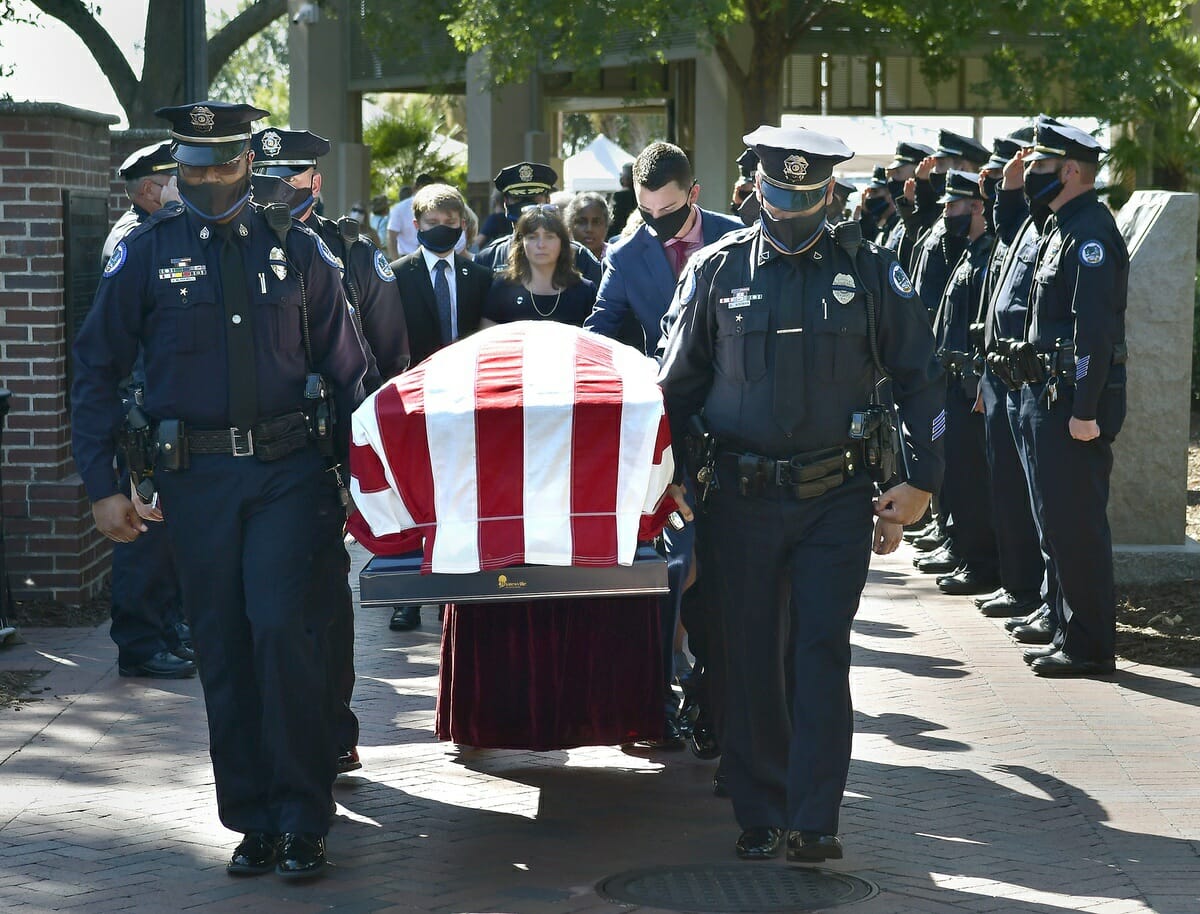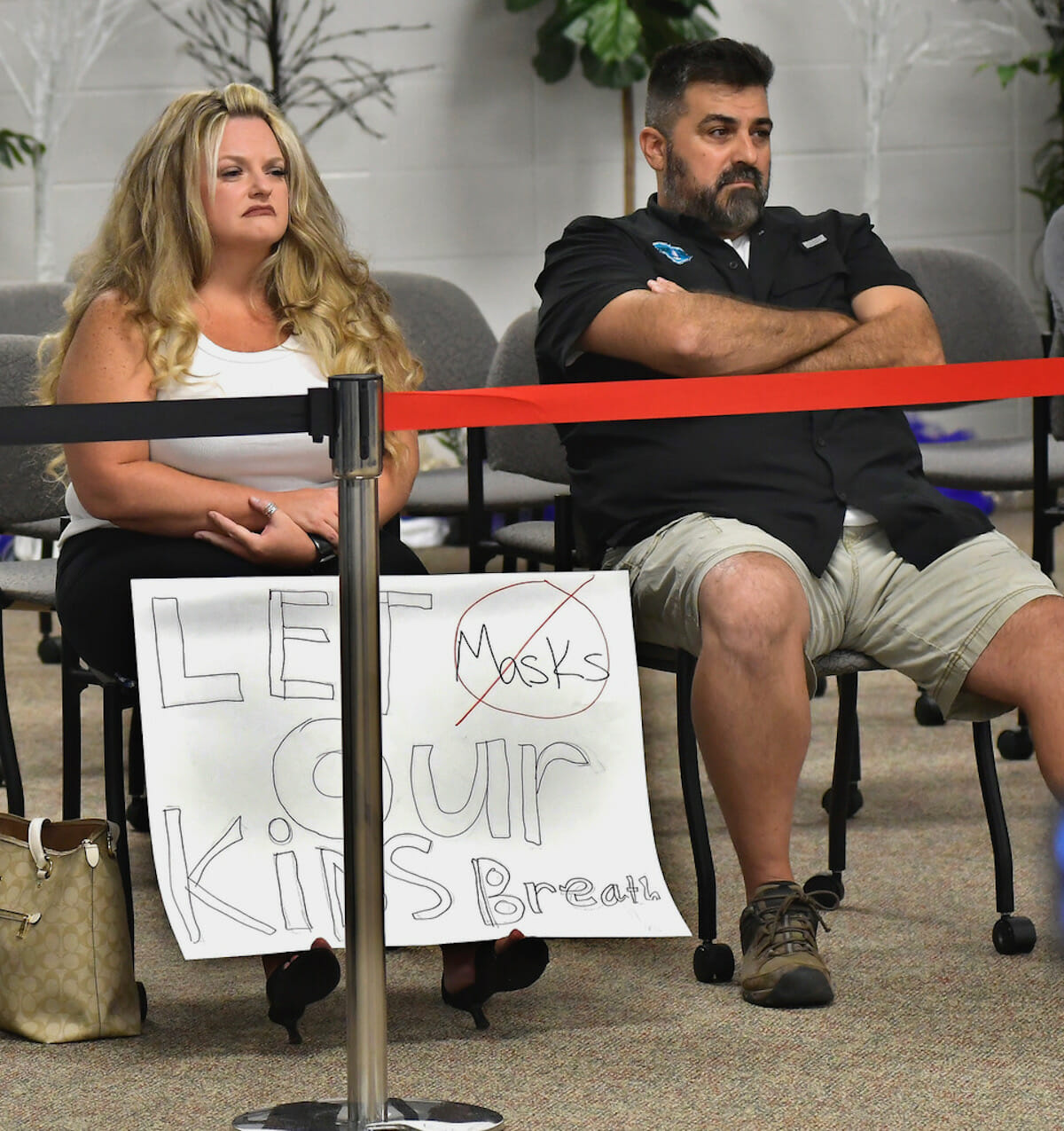Parents face challenges, difficult decisions as Beaufort County Schools move to virtual education
By Mindy Lucas
Amanda Hollingsworth is concerned her daughter, who has autism, will fall further behind with her therapy now that the Beaufort County School District has made the decision to go to an all-virtual model for education.
A rising 5th grader now at Mossy Oaks Elementary, her daughter was getting regular, in-person therapy, including both occupational and speech therapy, at Beaufort Elementary.
But when South Carolina schools shut down in March from the pandemic, the therapy her daughter was getting shut down along with them.
Now this recent announcement made by the school district to temporarily adopt a full-virtual educational model, has Hollingsworth concerned all over again.
“All those services? We don’t get anymore, because they aren’t allowed to be in contact with anyone,” she said.
The school board’s announcement to start the school year with online-only classes prompted many parents to take to social media – either to voice their support or air their grievances with the school district’s decision.
Beaufort County School District Superintendent Frank Rodriguez said the decision was prompted by the state’s recent health metrics which indicated conditions in the district were getting worse, not better.
“Having reviewed DHEC metrics for the past six weeks, we see COVID-19 conditions simply are not improving in our community,” Rodriguez said. “In fact, they have been getting worse.”
In South Carolina, DHEC designates transmission risk as “high” in counties where percent positive rates are 10 percent or higher. DHEC metrics released on Monday, Aug. 3, just before the announcement was made, showed that Beaufort County’s percent positive rate was 20.8 percent for the second consecutive week.
Still, the decision to switch to an online-only model of instruction had many parents concerned.
“It’s going to be difficult to manage your time and your home,” said Hollingsworth, who considers herself “blessed” that she can afford to stay at home with her daughter and two other children, while many working parents cannot.
“I can’t imagine what the other parents are going through who work or who are going to have to go back to work soon,” she said.
After schools shut down in the spring, Hollingsworth heard from some of her daughter’s therapists by phone who made suggestions for things they could work on together. She would upload some of the assignments to Google classroom but says that sort of remote instruction just wasn’t ideal.
She feels her daughter, who thrives on routine, has regressed somewhat.
“I would definitely say there’s been regression just in simple things because the routine has been lost,” she said.
It’s been tough trying to find or give her daughter what she needs because she and her husband aren’t trained therapists, she said.
“We’re parents and we can only do so much as parents,” she said, adding that she often worries what the other parents and children in her daughter’s program are going through as well.
“These kids need more than just someone to check on them,” she said.
Jodie Srutek, a single mother with two girls in Bluffton schools, can relate.
“One of my children did not do well with virtual learning,” she said, adding that her daughter who has had health issues needs a lot of hands-on, or one-on-one attention.
While she went ahead and signed up for the virtual option several weeks ago, Srutek, who does public advocacy work and is running for a Beaufort County Council seat, said the decision wasn’t easy.
“There were drawbacks to both (models of education) but at the end of the day, I had to make a choice,” she said.
For her, it was continuity that pushed her toward the virtual option.
If someone got sick in one of her child’s classrooms or schools, it was highly likely officials would have to close the classroom or school to quarantine those students anyway, she reasoned. So having the same model of education all year long would give her children the stability and consistency they needed.
“The reality is, this is the world we live in now, so we’re going to have to do the best with what we’ve been given,” she said.
Still, she remains sensitive to those who are struggling to figure out how they can work and keep their children at home at the same time.
“I’m not flippant about that,” she said. “These are difficult decisions to make, so I am sensitive to people who feel like, ‘How can I do this and keep my job?’”
To address that problem, some parents she knows have formed small groups where each takes a turn in sharing the responsibility of watching children or helping with their work load on different days or at scheduled times so parents in the group can take turns working or tending to other things.
She also encourages parents with special needs or who may have a childcare issue, to reach out to their school’s social worker or counselor.
In addition, working parents might find help in the form of the family medical leave act which in some cases may cover some of their child care expenses, she said.
The Families First Coronavirus Response Act (FFCRA), passed into law on March 18, requires certain employers to provide employees with paid sick leave or expanded family and medical leave for specified reasons related to COVID-19.
Under the FFCRA, an employee qualifies for expanded family leave if the employee is caring for a child whose school or place of care is closed, or a child care provider is unavailable, for reasons related to COVID-19.
“People should reach out to their HR (departments) if they’re curious if they qualify if child care is an issue,” she said.
Other parents like Nina Hedlund were happy the school district made the decision to start with virtual education.
“My main concern was my kids’ health,” said the Beaufort mother of three.
Though one of her sons does better with one-on-one, in-person instruction, Hedlund was concerned it wasn’t realistic to send kids back to school with instructions to social distance and wear masks – especially for elementary-age school children.
“They would be more distracted with the mask, I think, or not being able to hug or high-five their friends and having to wash their hands all the time,” she said.
And the burden of making sure children are protected during the day shouldn’t fall exclusively on teachers, she added.
“It’s just too much for them,” she said.
Still, she understands how some parents may want to send kids back saying often it comes down to each family’s situation. Hedlund has a friend who is a single parent and has three young children.
“So she’s like, ‘How am I going to juggle them at home while I work,” she said.
In the meantime, she thinks her son has actually benefited from virtual instruction since she has been able to spend quality one-on-one time with him at home.
Her only hope is that by the time he graduates in 2021, he will be able to have a “proper” graduation ceremony, she said.
“But it’s going to take every one doing their part,” she said, adding that she has been surprised by the level of outrage some parents have shown on social media over the district’s decision.
“They need to stop the fussing, and keep themselves healthy and start being respectful of everyone,” she said. “That shows our children that we’re better than this Coronavirus.”






